Nearly twenty years ago, production began on The Room, a film widely considered to be the apex of "so-bad-it's-good" movies. The end result proved to be as indecipherable, hilarious and utterly compelling as its creator and lead actor, Tommy Wiseau. Still, it owes its genesis to a very different film -- one that was nominated for five Academy Awards.
Greg Sestero, Wiseau's close friend and co-star in The Room, wrote a book about their history and the making of the movie entitled The Disaster Artist, later adapted into a 2017 film directed by and starring James Franco. Said adaptation excludes a heated argument between Sestero and Wiseau in 1999 after the latter was interrogated about his intense secrecy by a friend of the former. Months later, this friend (unnamed in the book) insisted on taking Sestero to see a movie depicting a troubled friendship that eerily paralleled his with Wiseau.
The Talented Mr. Ripley, based on the novel by Patricia Highsmith, was written and directed by Anthony Minghella. It opens with the titular Tom Ripley (Matt Damon) being misidentified as a former classmate of playboy Dickie Greenleaf (Jude Law), to the point that he is sent to retrieve Dickie from Italy so that he can take over his father's business. As Sestero observed Ripley's intense research into Dickie and his interests before meeting him, he deduced that his friend had brought him to compare Ripley's deceptive behavior with Wiseau's.
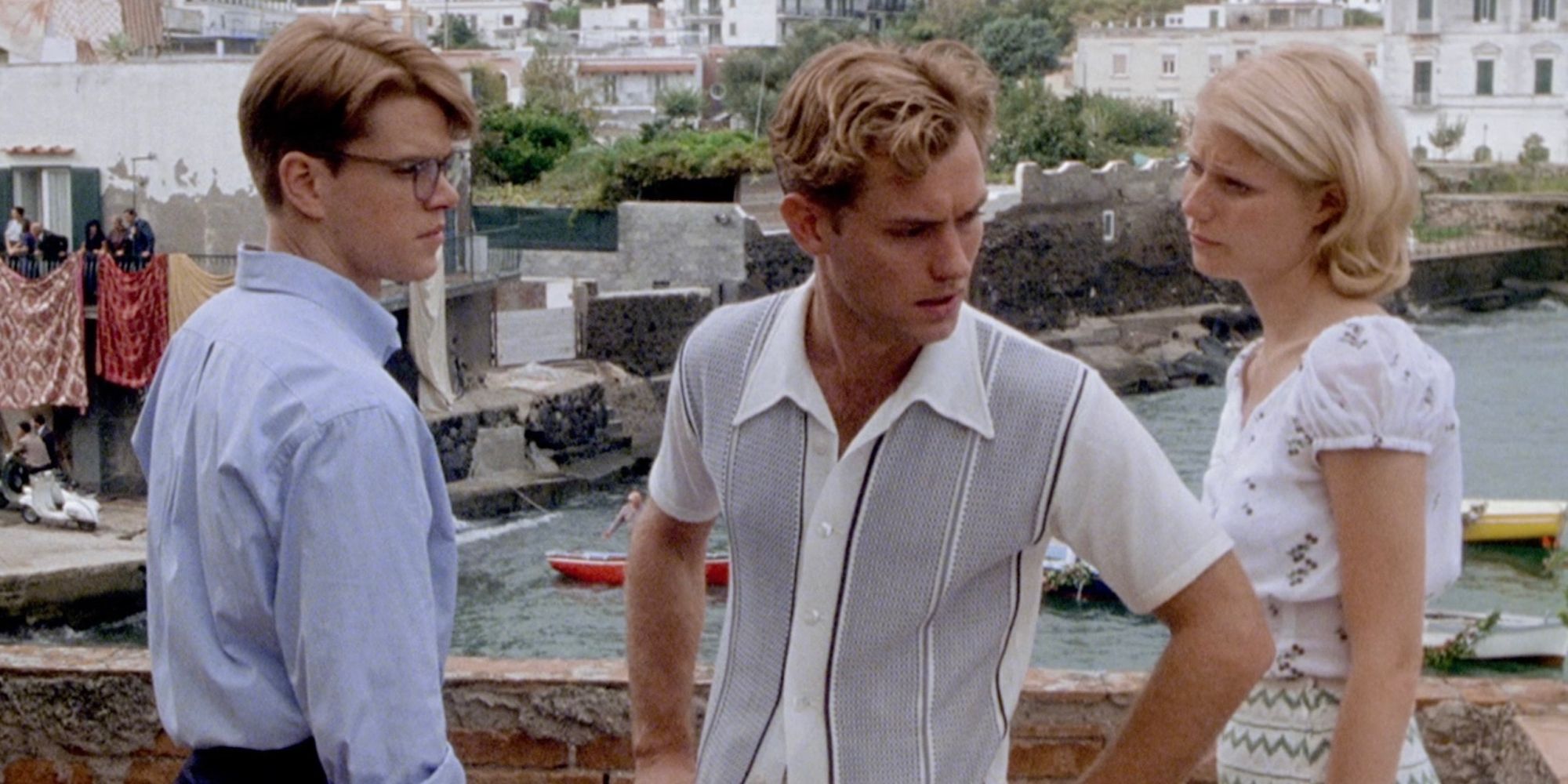
For one, Ripley is also deliberately vague about his past, causing Dickie and his girlfriend, Marge Sherwood (Gwyneth Paltrow), to spend as many "hours speculating" as Sestero and his friend did about Wiseau. The few details he does disclose are often lies to cover his deep shame over his humble roots, just as Wiseau insisted that he was from New Orleans in spite of his thick accent, only publicly admitting he was born in Europe on Jimmy Kimmel Live in 2017. Ripley may be better at convincing people of his lies, but he struggles as Wiseau did to recognize when his eccentric behavior goes too far and disturbs those around him.
What is perhaps most disturbing is how Ripley falls into obsessive love with Dickie, eventually caught wearing Dickie's clothes and admiring himself in the mirror. While an imperfect metaphor for Wiseau and Sestero -- there is no suggestion in The Disaster Artist or elsewhere that Wiseau was sexually attracted to Sestero or vice versa -- Sestero alleges that Wiseau sought to mimic him in their shared quest to be successful actors, even producing and starring in a commercial intended to copy Sestero's demo reel. Sestero's implication is that he was the embodiment of everything Wiseau wished he was and could not be, just as Dickie is to Ripley.
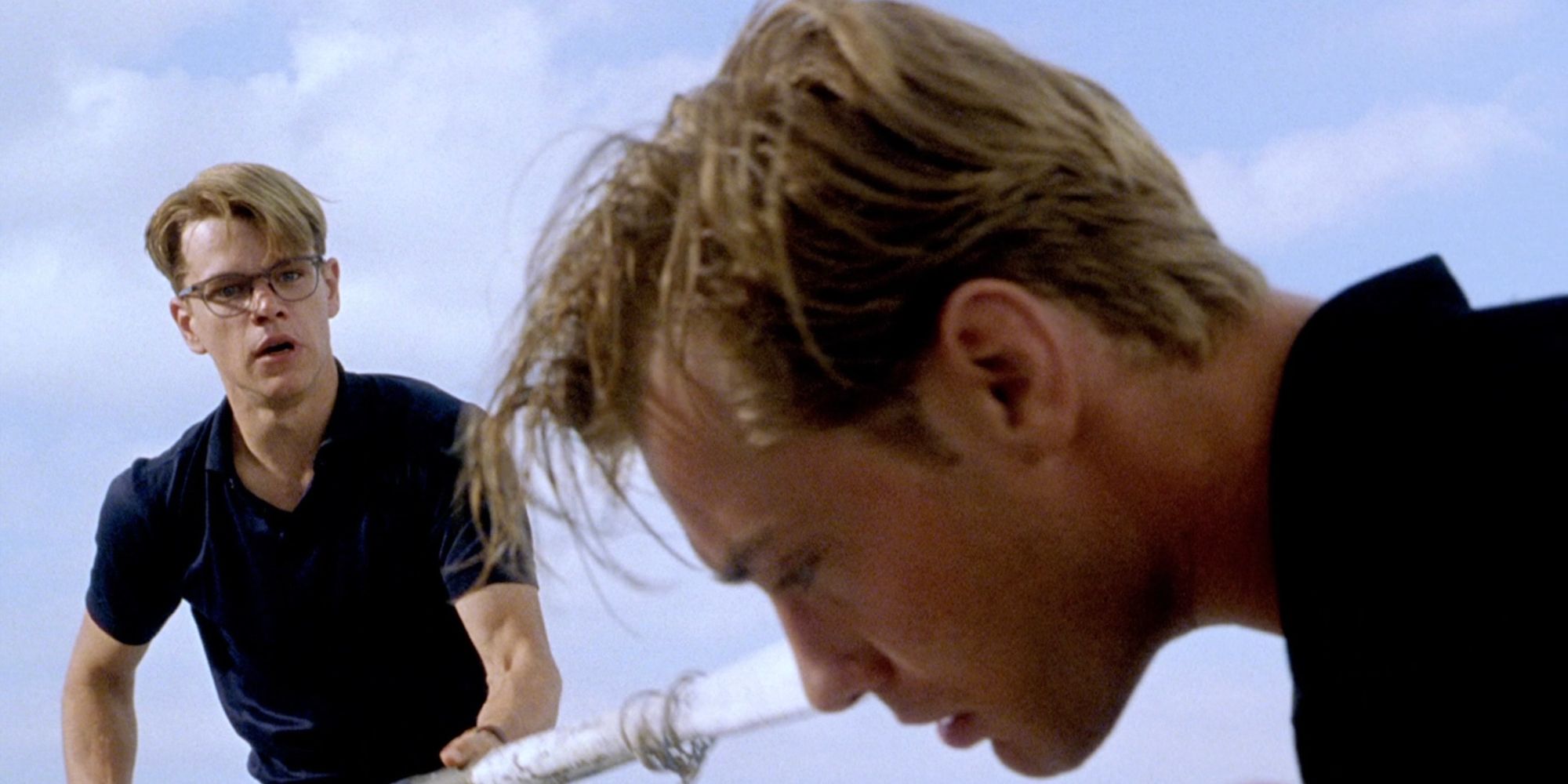
Finally, Dickie's endeavor to cut Ripley out of his life during a boating trip ignites a furious debate about their relationship, which Sestero claims captured how his friendship with Wiseau had come to feel. He was thus horrified watching Ripley strike Dickie with an oar, accidentally fueling a battle to the death ending in Dickie's murder. Leaving no ambiguity as to why they were seeing this movie in the first place, Sestero's friend whispered a single word as they watched Ripley hugging Dickie's corpse on the boat's floor: "Tommy."
Despite this grim prophecy seemingly triggering "the worst flu [he'd] ever had," Sestero still ignored the pleas of those close to him and returned to the Los Angeles apartment he had been subletting from Wiseau, only now with Wiseau as his constant roommate. Not long afterward, Wiseau insisted on seeing The Talented Mr. Ripley, completely unaware of Sestero's prior viewing. Sestero took the opportunity to study Wiseau's reaction to the film, wondering if he would see the same uncomfortable parallels between them and the two male leads.
When it was over, Wiseau "looked devastated," the movie having "bludgeoned him to within an inch of his emotional life." Whether his interpretation of it was at all like Sestero's is unclear, but on the car journey home, Wiseau suddenly announced that he would make his own film. Apparently tired of Hollywood constantly rejecting him for his "accent and long hair," Wiseau angrily promised a tragedy greater than what he and Sestero had just witnessed. By the evening's end, he had pitched to his friend what eventually became The Room.
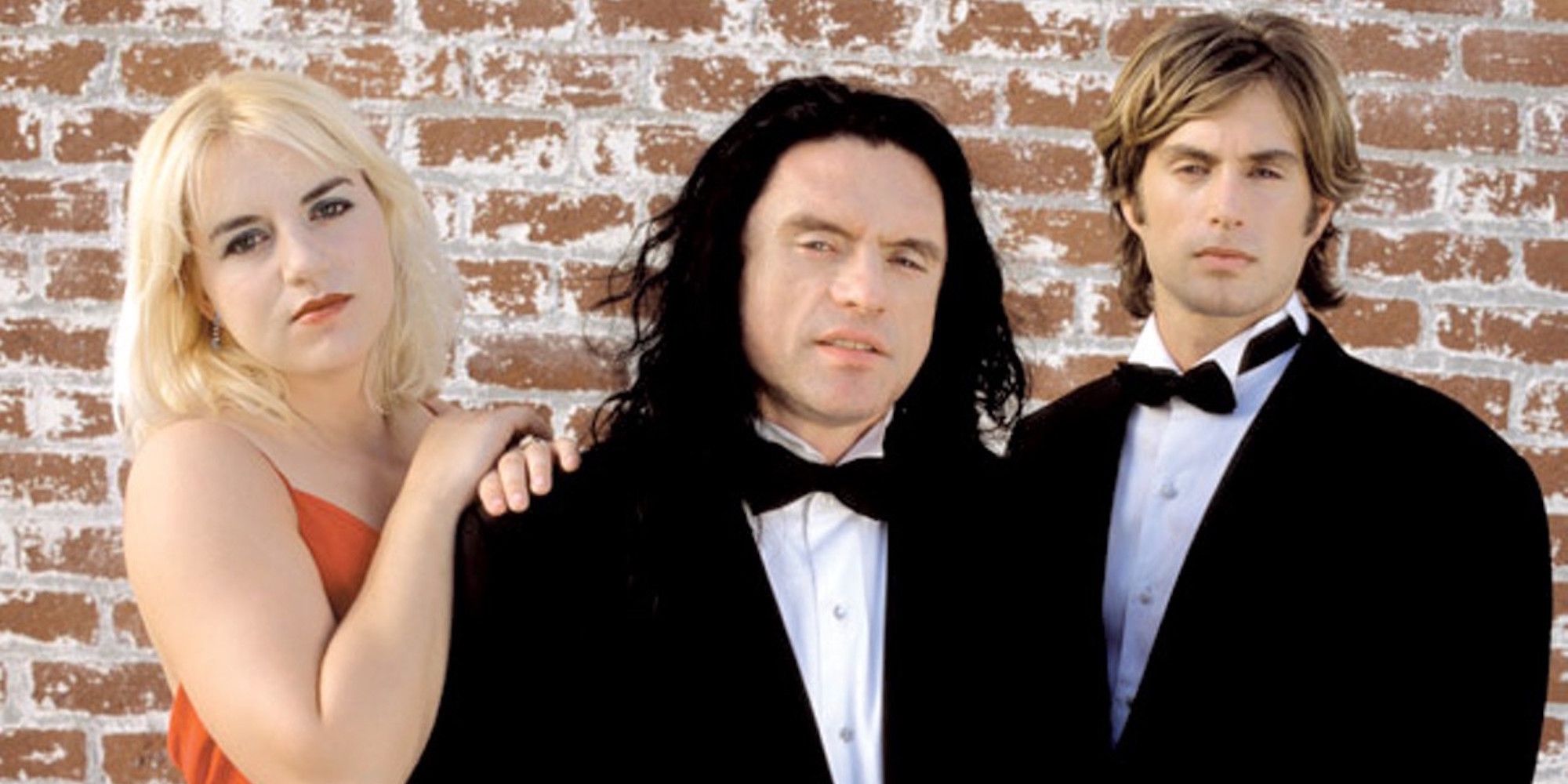
At this point in The Disaster Artist, Sestero posits that Wiseau remixed the key components of Ripley and Dickie into the three central characters of The Room: Wiseau's Johnny merges the charismatic Dickie with the "innocent and lonely victim" Ripley, while Ripley's deceptions and manipulations are given to Johnny's "future wife" Lisa (Juliette Danielle) and his best friend Mark (Sestero). Wiseau even named the latter after "Mark" Damon during his initial pitch to Sestero, an amusing misunderstanding that forms the only reference to The Talented Mr. Ripley in the movie version of The Disaster Artist.
Sestero's observations invite a singular comparison between Wiseau and Tom Ripley, with Sestero himself cast in the role of Dickie Greenleaf. To Sestero, The Room is a product of Wiseau being unable to see what The Talented Mr. Ripley had to say about himself and his personal relationships, even if he, according to Sestero, was and is not "a killer like Ripley." However, what The Disaster Artist fails to acknowledge is that many of the traits Ripley shares with Wiseau could just as easily apply to Sestero, and from there, a more complete picture of Wiseau and Sestero's friendship can be painted.
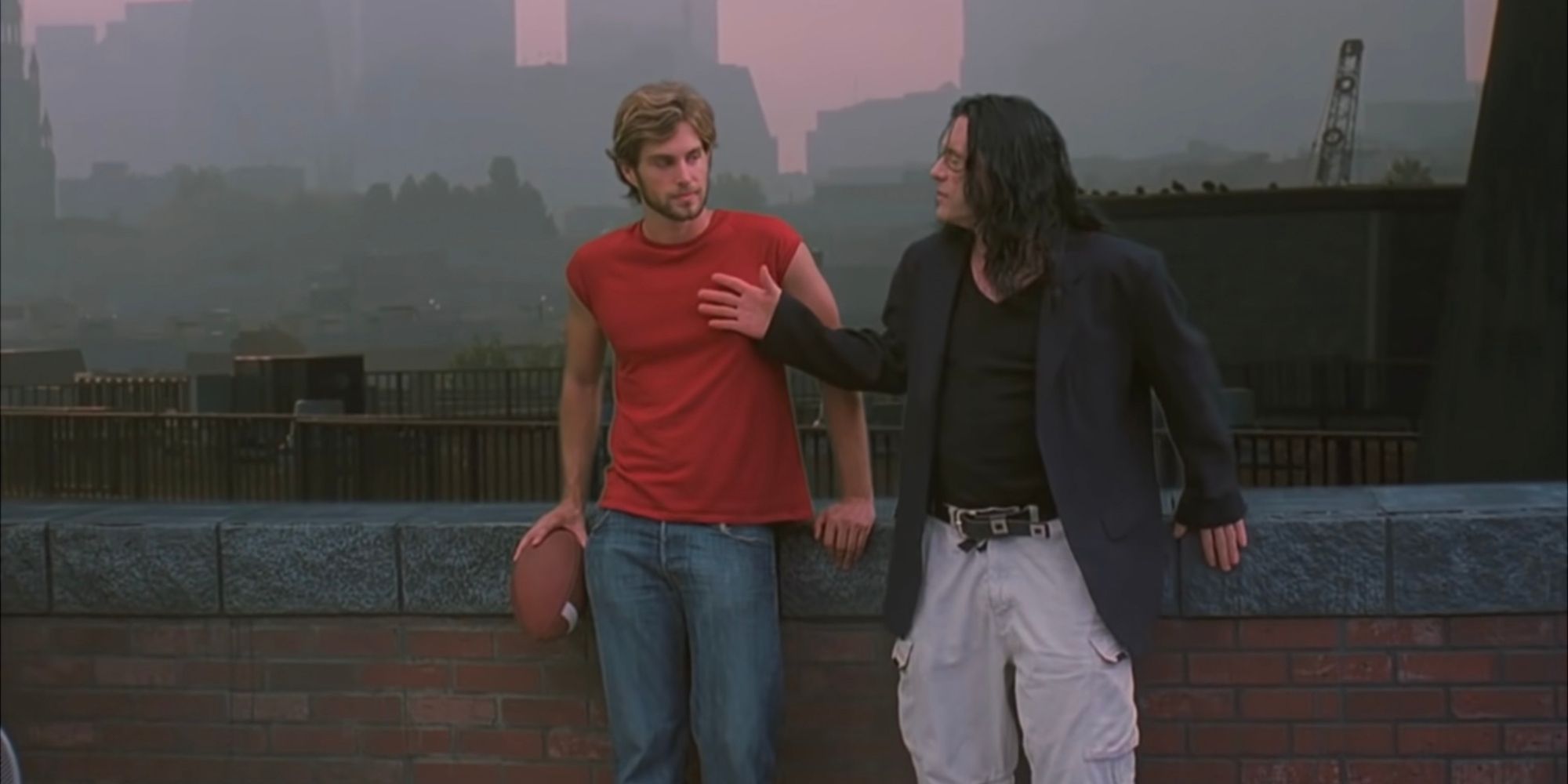
Much like when Ripley meets Dickie, Sestero's fateful encounter with Wiseau in an acting class opened a door to the world he desperately aspired to join. While the self-doubting Ripley is seduced by Dickie's inexhaustible magnetism, the equally self-doubting Sestero was inspired by Wiseau's bold if bizarre performances. Wiseau quickly became the sole person in Sestero's life who actively supported his acting career; as Sestero himself put it, "Around Tommy I could be who I wanted to be -- and that to me felt like freedom."
This freedom extended to Wiseau's offer of his LA apartment, which Dickie echoes by moving Ripley into his home. When Wiseau planned to live in LA, Sestero took it as a hint for him to move out, much as Dickie moves to drop Ripley when his income dries up. The heated argument between Wiseau and Sestero is comparable to Ripley and Dickie's, yet it was Wiseau who tried to end their friendship, not Sestero. After first perceiving this as a manipulation tactic, Sestero realized after the pair's theater trip that Wiseau had acted to prevent Sestero from rejecting him first, relenting only upon seeing his friend's clear heartbreak.
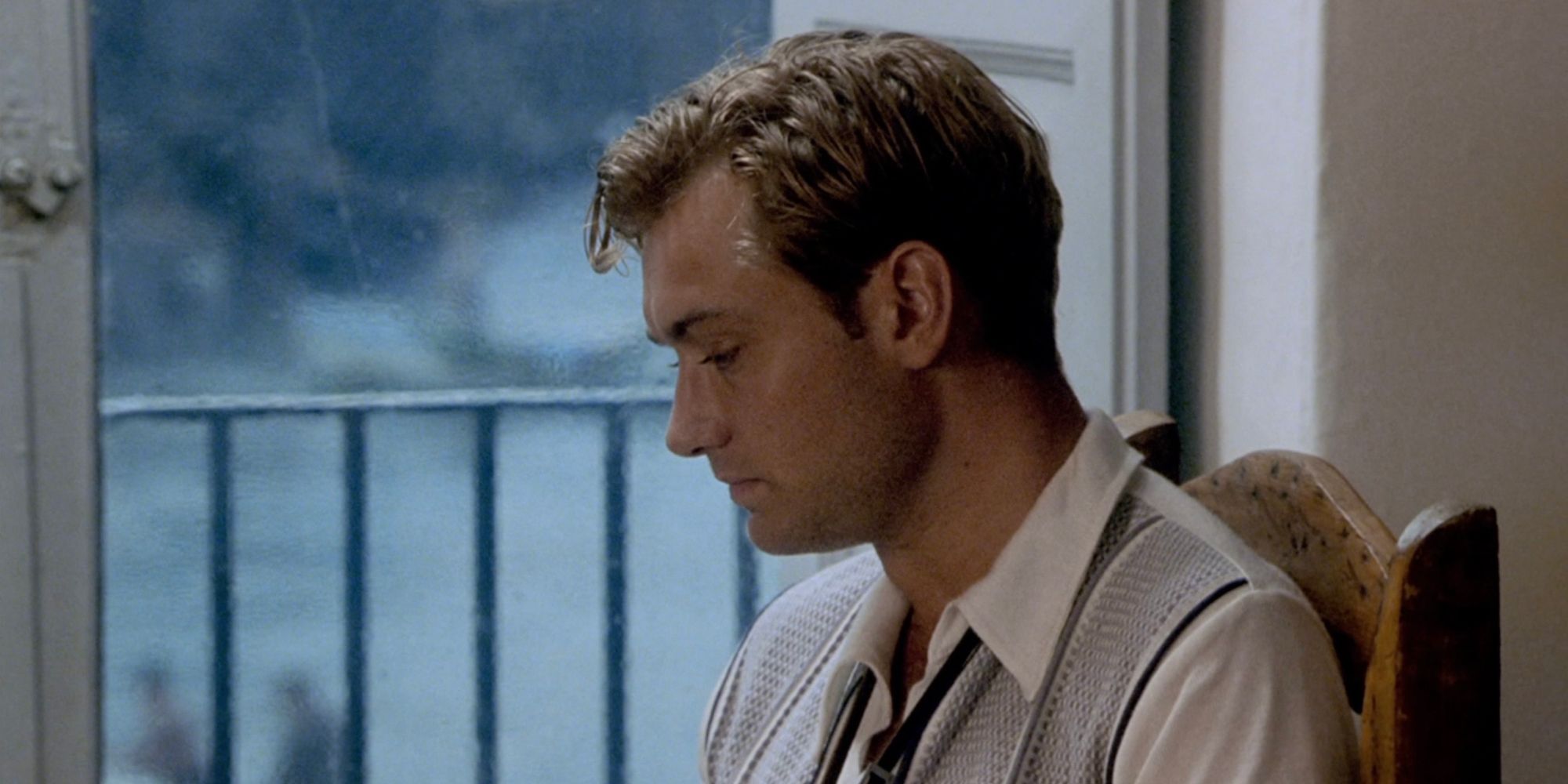
Where Dickie differs from both Sestero and Wiseau is that he, fundamentally, does not need Ripley as much as Ripley needs him. He consciously keeps his numerous friends at arm's length, and not even Marge demands his time and investment as much as Ripley. The creepier, obsessive side of Ripley's personality is especially terrifying to Dickie because it speaks of Ripley's longing for the emotional intimacy that Dickie will never give to anyone.
Although Sestero's account depicts a similar struggle for Wiseau to be vulnerable with others, his sincere desire for human connection ultimately compelled him to maintain their friendship. Meanwhile, Sestero concludes The Disaster Artist by calling Wiseau "the grandest and most sincere dreamer" he has ever known, something which "redeems his immensely conflicted and complicated darkness" in Sestero's mind. Though their struggle to understand one another has resulted in many conflicts -- a feature that continued into the making of The Room -- their desire to understand has nonetheless kept them together.
iends-Jon-Harvey.jpg)
Since The Room, Wiseau and Sestero have continued to collaborate; they appeared in a two-part 2017 movie written by Sestero entitled Best F(r)iends and co-wrote the script for Wiseau's upcoming film Big Shark. The fact that they have not only remained friends but active supporters of each other's careers is a testament to the endurance of their relationship against all odds. When Ripley attempts to explain to Dickie how he has transformed his life, he calls it "one big love affair," a quote that one could easily attribute to either Wiseau or Sestero.
In short, The Talented Mr. Ripley gifted Wiseau and Sestero with the opportunity to examine themselves and their often troubling friendship, resulting in The Room and The Disaster Artist, respectively. Perhaps neither work quite manages to fully comprehend what exists between its creators, as sitting them next to the movie that inspired them has shown. Nevertheless, they each pay tribute to Wiseau, Sestero and their united fight for their Hollywood dream, which they won under the oddest and most legendary of circumstances.


